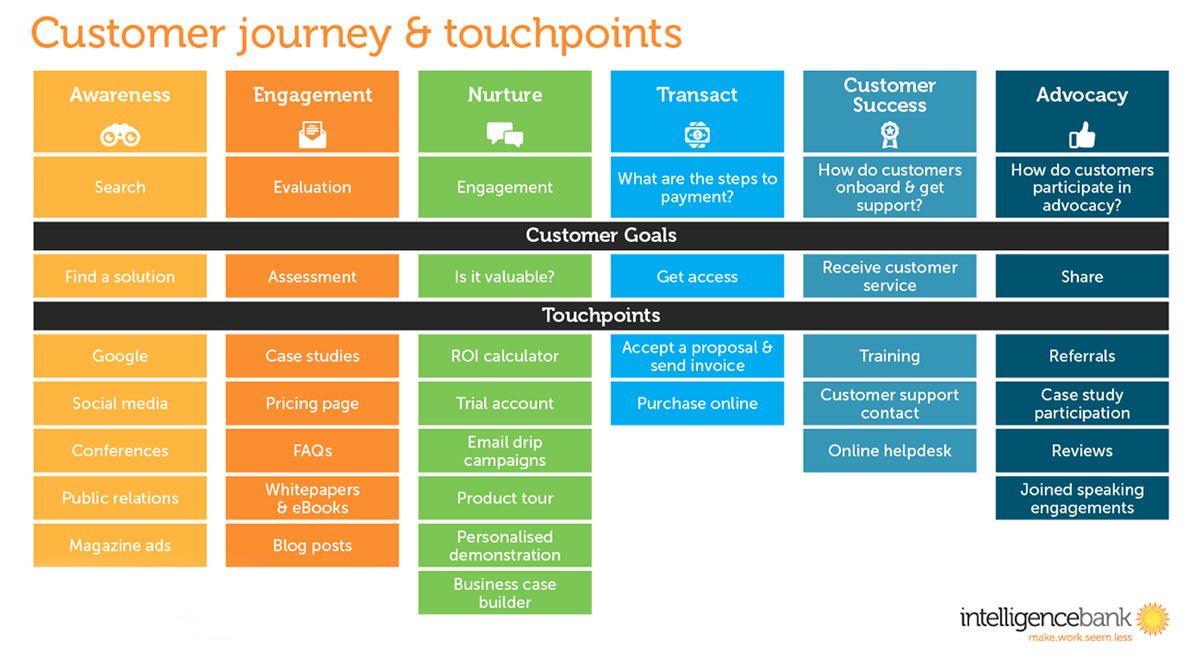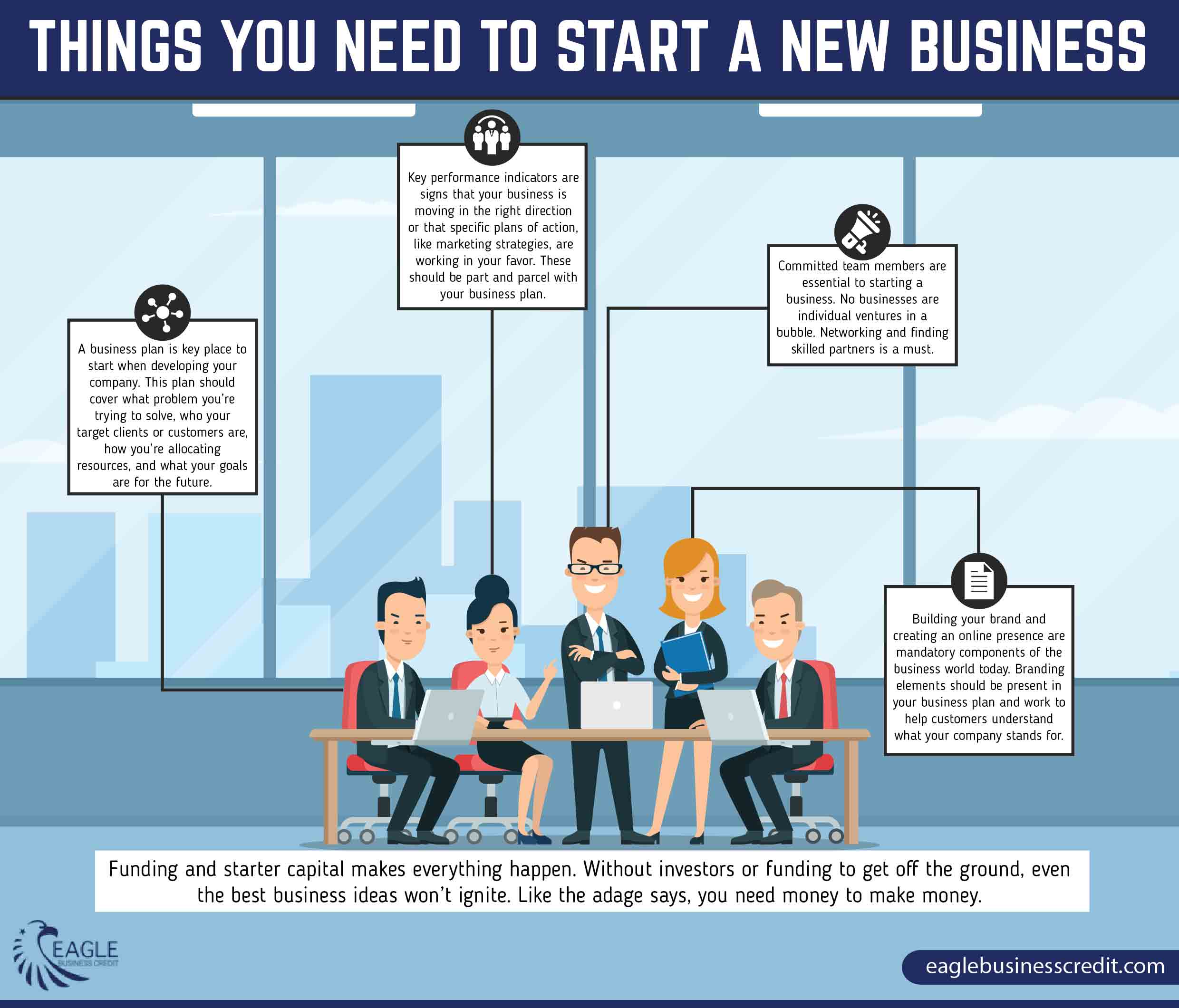 Identifying Your Target Audience: The Key to Effective Marketing
Identifying Your Target Audience: The Key to Effective Marketing
As a business owner, it’s essential to know who your target audience is. If you don’t know who your customers are, how can you effectively market your products or services to them? Identifying your target audience is a crucial step in creating a successful marketing strategy, and it involves understanding their demographics, interests, and preferences.
The first step in identifying your target audience is to determine who your primary customers or clients are. This can be done by analyzing your existing customer base, looking at sales data, and conducting market research. By doing this, you can gain a deeper understanding of who your customers are and what they are looking for.
Once you have identified your primary customers, the next step is to understand their demographics. This includes factors such as age, gender, income, education level, and location. By understanding these demographics, you can tailor your marketing efforts to reach your target audience more effectively.
In addition to demographics, it’s also important to understand your target audience’s interests and preferences. This can be done through surveys, focus groups, and social media analytics. By understanding what your customers are interested in and what they prefer, you can create targeted marketing campaigns that are more likely to resonate with them.
Tailoring your touchpoints effectively is crucial when marketing to your target audience. This involves using the right channels and messaging to reach your customers. For example, if your primary customers are millennials, you may want to focus your marketing efforts on social media platforms such as Instagram and TikTok.
In conclusion, identifying your target audience is a critical step in creating an effective marketing strategy. By understanding their demographics, interests, and preferences, you can tailor your marketing efforts to reach them more effectively. This will not only help you attract new customers but also retain existing ones, ultimately leading to increased sales and business growth.
In today’s digital landscape, effective communication is crucial for businesses to connect with their audience and build strong relationships. To achieve this, it is essential to prioritize personalized communication strategies that resonate with individuals on a deeper level. By leveraging personalized touchpoints, such as personalized emails, targeted social media campaigns, and tailored product recommendations based on user behavior, businesses can enhance their engagement and make a lasting impact.
One key aspect of personalized communication is understanding the unique characteristics and preferences of your audience. This requires collecting data and insights about their demographics, interests, and previous interactions. By harnessing this information, businesses can create customized communication experiences that resonate with individual recipients. For instance, sending personalized emails that address recipients by their names and offer relevant content or promotions can significantly increase open rates and conversions.
Social media platforms offer vast opportunities for personalized communication. Businesses can segment their audience based on various factors like age, location, or interests and create targeted social media campaigns that address specific segments. These campaigns can be designed to deliver tailored messages, showcasing products or services that align with the interests and needs of each segment. By crafting personalized content and engaging with users in a meaningful way, businesses can foster a sense of connection and loyalty.
Tailored product recommendations based on user behavior are another effective way to personalize communication. By analyzing customer data and understanding their preferences and past purchases, businesses can offer product suggestions that are highly relevant and appealing. This can be done through personalized recommendation emails or by displaying recommended products on a website or app. By providing users with a more personalized shopping experience, businesses can increase customer satisfaction and drive repeat purchases.
Personalized communication goes beyond simply addressing individuals by name or tailoring messages. It involves creating a holistic experience that makes customers feel understood and valued. This can be achieved by using storytelling techniques to create emotional connections, showcasing user-generated content, or providing exclusive offers and rewards. By going the extra mile to personalize every touchpoint, businesses can stand out from the competition and build long-lasting relationships with their audience.
In conclusion, in today’s evolving digital landscape, personalized communication has become a key driver of success for businesses. By prioritizing personalized touchpoints such as personalized emails, targeted social media campaigns, and tailored product recommendations, businesses can engage with their audience on a deeper level. By understanding the unique characteristics and preferences of their audience, leveraging social media platforms, and offering personalized product recommendations, businesses can create meaningful connections and foster loyalty. Ultimately, personalized communication is the gateway to building stronger relationships and ensuring sustainable growth in today’s competitive market.
In today’s digital landscape, effective communication is crucial for businesses to connect with their audience and build strong relationships. To achieve this, it is essential to prioritize personalized communication strategies that resonate with individuals on a deeper level. By leveraging personalized touchpoints, such as personalized emails, targeted social media campaigns, and tailored product recommendations based on user behavior, businesses can enhance their engagement and make a lasting impact.
One key aspect of personalized communication is understanding the unique characteristics and preferences of your audience. This requires collecting data and insights about their demographics, interests, and previous interactions. By harnessing this information, businesses can create customized communication experiences that resonate with individual recipients. For instance, sending personalized emails that address recipients by their names and offer relevant content or promotions can significantly increase open rates and conversions.
Social media platforms offer vast opportunities for personalized communication. Businesses can segment their audience based on various factors like age, location, or interests and create targeted social media campaigns that address specific segments. These campaigns can be designed to deliver tailored messages, showcasing products or services that align with the interests and needs of each segment. By crafting personalized content and engaging with users in a meaningful way, businesses can foster a sense of connection and loyalty.
Tailored product recommendations based on user behavior are another effective way to personalize communication. By analyzing customer data and understanding their preferences and past purchases, businesses can offer product suggestions that are highly relevant and appealing. This can be done through personalized recommendation emails or by displaying recommended products on a website or app. By providing users with a more personalized shopping experience, businesses can increase customer satisfaction and drive repeat purchases.
Personalized communication goes beyond simply addressing individuals by name or tailoring messages. It involves creating a holistic experience that makes customers feel understood and valued. This can be achieved by using storytelling techniques to create emotional connections, showcasing user-generated content, or providing exclusive offers and rewards. By going the extra mile to personalize every touchpoint, businesses can stand out from the competition and build long-lasting relationships with their audience.
In conclusion, in today’s evolving digital landscape, personalized communication has become a key driver of success for businesses. By prioritizing personalized touchpoints such as personalized emails, targeted social media campaigns, and tailored product recommendations, businesses can engage with their audience on a deeper level. By understanding the unique characteristics and preferences of their audience, leveraging social media platforms, and offering personalized product recommendations, businesses can create meaningful connections and foster loyalty. Ultimately, personalized communication is the gateway to building stronger relationships and ensuring sustainable growth in today’s competitive market.
Optimize Your Website and User Journey for a Seamless Experience
In today’s digital age, having a well-optimized website is crucial for capturing and retaining the attention of visitors. A seamless and engaging user experience can make all the difference in keeping users hooked and encouraging them to explore further. To achieve this, it’s important to prioritize website optimization and enhance the user journey. Here are some key strategies to consider:
First and foremost, focus on making your website easy to navigate. A cluttered and confusing layout will quickly drive users away. Ensure that your menus and navigation bars are organized logically, with clear labels and intuitive design. Visitors should be able to find what they’re looking for effortlessly, whether it’s information about your products or services, contact details, or helpful resources.
Valuable content is another crucial aspect of optimizing the user journey. Provide relevant and insightful information that aligns with the interests and needs of your target audience. Make sure your content is engaging, well-written, and free of errors. Incorporate relevant keywords to improve search engine visibility, but avoid keyword stuffing, as it can negatively impact the user experience.
To truly engage visitors, consider incorporating interactive elements into your website. Interactive features such as quizzes, polls, surveys, and calculators can capture the attention of users and encourage them to actively participate. These elements not only make the user journey more enjoyable but also provide valuable insights and feedback for your business.
Furthermore, optimize the loading speed of your website. In today’s fast-paced world, users have little patience for slow-loading pages. A delay of just a few seconds can lead to frustration and abandonment. Optimize your website’s performance by compressing images, minifying code, and utilizing caching techniques. Regularly monitor your website’s loading time and address any issues promptly.
In addition to optimizing your website, it’s important to track user behavior and analyze data. Utilize tools such as Google Analytics to gain insights into how users interact with your website. Identify areas of improvement, such as high bounce rates on certain pages or low engagement with specific content. By understanding user behavior, you can make data-driven decisions to further enhance the user journey.
In conclusion, optimizing your website and user journey is essential for creating a seamless and engaging experience for visitors. By prioritizing easy navigation, valuable content, interactive elements, fast-loading pages, and data analysis, you can ensure that users have a positive and memorable experience on your website. Remember, a well-optimized user journey not only keeps visitors on your site longer but also increases the likelihood of conversions and customer loyalty. So, invest time and effort into optimizing your website, and reap the rewards of an enhanced user experience.
In today’s digital age, leveraging social media and community building has become essential for businesses to connect with their audience and establish a strong online presence. Social media platforms offer a wide range of opportunities to engage with customers, share valuable content, and cultivate a sense of community around your brand. By utilizing these platforms effectively, businesses can enhance their visibility, build brand loyalty, and foster meaningful relationships with their target audience.
One of the key aspects of leveraging social media is to connect with your audience on a personal level. By understanding your target demographic and their preferences, you can tailor your content to resonate with them. Share relevant and engaging posts that align with your brand values and offer value to your audience. This will encourage them to actively participate in discussions and share their thoughts and experiences.
In addition to sharing content, it is crucial to foster a sense of community on social media platforms. Encourage discussions among your followers and provide a platform for them to connect with each other. This can be done through Q&A sessions, polls, or by creating dedicated groups or hashtags for your audience to engage with. By facilitating these interactions, you enable your audience to feel a sense of belonging and affinity towards your brand.
Promptly responding to comments and messages is another crucial element of social media engagement. When followers take the time to comment on your posts or reach out to you, it is essential to acknowledge their effort and respond in a timely manner. This demonstrates that you value their input and are actively listening to their feedback. By engaging in meaningful conversations, you not only build trust and rapport with your customers but also show potential customers that you are attentive and reliable.
To effectively monitor conversations related to your brand, employ social listening tools. These tools allow you to track mentions of your brand, relevant keywords, and industry trends across social media platforms and the web. By staying informed about what people are saying about your brand, you can address any concerns or issues promptly and proactively. This can help you mitigate potential crises and maintain a positive reputation online.
In conclusion, leveraging social media and community building is a powerful strategy for businesses to connect with their audience, foster engagement, and build a loyal customer base. By utilizing social media platforms effectively, businesses can share engaging content, encourage discussions, respond to comments and messages promptly, and monitor conversations related to their brand. Embracing these practices will not only boost your online visibility but also allow you to build meaningful relationships with your audience, ultimately leading to long-term success for your business.



